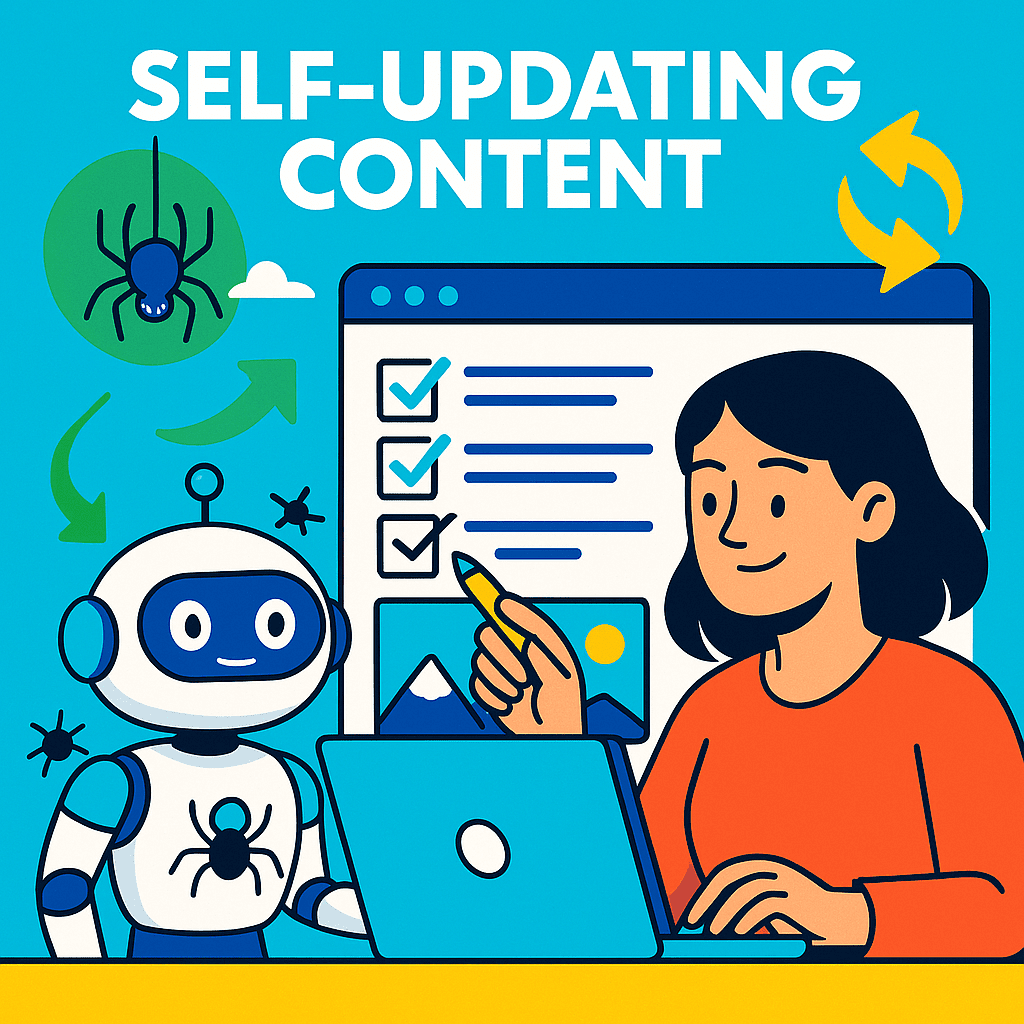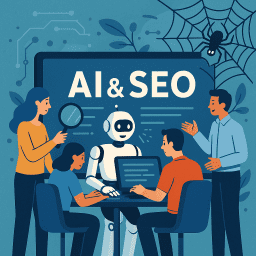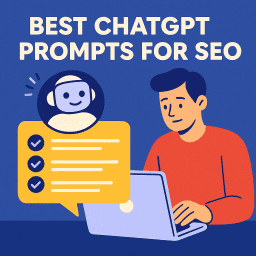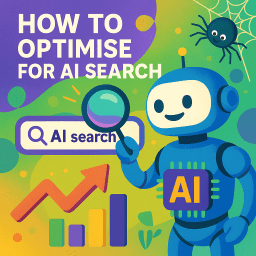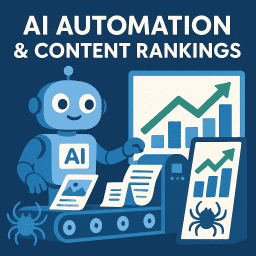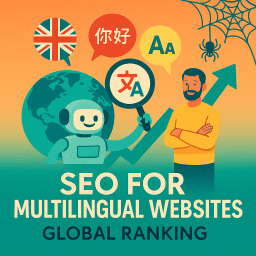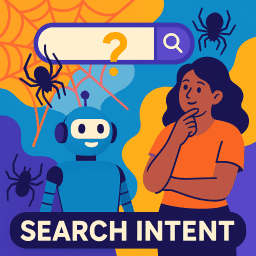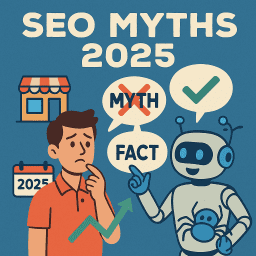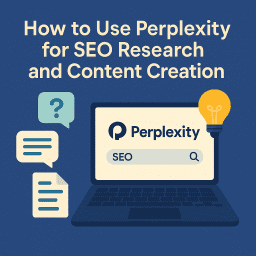Self-Updating Evergreen Content for AI-Driven Search
How to keep your content fresh, visible, and AI-friendly forever.
♻️ Evergreen Content Isn’t What It Used to Be
There was a time when you could create an evergreen guide, publish it once, and watch it bring in traffic for years with minimal changes.
But AI-driven search is rewriting the rules. Platforms like Google’s AI Overviews (AEO) and Perplexity are prioritising fresh, accurate information – and static content is slipping down the rankings.
The solution? Self-updating evergreen content that refreshes itself automatically and stays relevant indefinitely.
Why Evergreen Content Can No Longer Stay Static
- AI freshness bias – AI search models detect and favour recently updated pages.
- Factual decay – Data, prices, and recommendations go out of date faster than ever.
- Competitive refresh – Rivals are updating more often, nudging static pages out of top spots.
Even timeless “evergreen” topics need periodic updating to remain competitive in an AI-first search landscape.
How Self-Updating Content Works
Self-updating pages are designed to automatically refresh parts of their content without a full rewrite. This can be done through:
- Live data integrations – API feeds pulling in the latest stats, prices, or events.
- Scheduled AI refreshes – Content blocks reviewed and updated automatically at set intervals.
- Dynamic content placeholders – Sections that can be quickly swapped out without affecting the rest of the page.
Tools and Techniques for Self-Updating Content
- Google Sheets + API connectors – Use tools like Zapier or Make.com to push fresh data into your site.
- WordPress auto-update plugins – Such as WP All Import for product listings or WP RSS Aggregator for feeds.
- Custom scripts – For industries with proprietary data sources.
- AI monitoring agents – Bots that flag outdated information and rewrite specific paragraphs.
SEO Benefits of Self-Updating Pages
- Improved freshness signals – Frequent updates are rewarded in both traditional and AI-driven search.
- More AI citations – Being the most up-to-date source increases the chances of being cited in AI answers.
- Reduced manual maintenance – Automation handles routine updates, freeing up human editors for higher-level work.
- Extended content lifespan – Keeps high-performing pages relevant for years.
Risks and Pitfalls to Watch For
- Automation errors – Inaccurate or broken feeds can insert wrong data.
- Loss of editorial control – Automated updates can dilute tone and quality if not reviewed.
- Compliance issues – Regulated industries must verify any automated changes.
Automation should assist, not replace, human editorial oversight.
Case Study: Travel Site with Live Cost Data
A travel site created a “Cost of Living in X” series that pulled live currency and rental price data from APIs. These pages ranked #1 for dozens of city-based cost-of-living searches, because competitors’ pages went stale while theirs stayed accurate in real time.
How to Implement Self-Updating Evergreen Pages
- Identify high-value evergreen pages in your analytics.
- List all data points, stats, and facts that require periodic updating.
- Choose the right automation method – API, plugin, or AI refresh.
- Test updates in a staging environment to catch errors.
- Set a human review schedule (monthly or quarterly) to ensure quality.
What the Experts Are Saying
- “AI search will always prefer the most recent and relevant content – static evergreen pages are at a disadvantage.” – Lily Ray
- “Self-updating content bridges the gap between evergreen value and news-cycle freshness.” – Aleyda Solís
- “If your data is stale, you won’t get cited. It’s that simple.” – Rand Fishkin
Final Thoughts
The days of writing an evergreen article and leaving it untouched for years are over. AI-powered search tools demand accuracy and freshness, and they’re unforgiving to content that feels dated. Self-updating evergreen pages offer a solution – a way to keep your best-performing content alive, accurate, and visible without constant manual rewrites.
By integrating live data sources, using automation tools, and scheduling periodic reviews, you can ensure your pages remain the most relevant resource available. This not only helps with AI-driven search rankings but also reinforces your authority and trustworthiness with human readers.
As competition grows and AI becomes the dominant search interface, having content that can update itself in real time will be a competitive necessity, not just a nice-to-have. The earlier you adopt this approach, the more secure your position will be in both Google’s rankings and AI-generated answer boxes.
Also read:
“The future of evergreen content isn’t static – it’s living, breathing, and always up to date. If you can automate freshness, you can future-proof your rankings.” – David Roche
Frequently Asked Questions
What is self-updating content?
Self-updating content is web content that automatically refreshes parts of itself with new data, ensuring it remains accurate and relevant without manual rewriting.
Why is self-updating content important for AI search?
AI search engines prefer fresh, accurate content and are more likely to cite sources that update regularly.
How can I make a page self-updating?
You can integrate live APIs, use automation plugins, or employ AI tools that monitor and refresh outdated sections.
Does self-updating content improve SEO rankings?
Yes. Frequent updates signal freshness to search engines and AI platforms, which can improve rankings and visibility.
Can self-updating content be fully automated?
It can be, but a human review process is recommended to catch errors and maintain quality.
What are the risks of automated updates?
Automation errors, compliance issues, and loss of editorial tone are potential risks if updates are not monitored.
Which industries benefit most from self-updating content?
Industries with fast-changing data — travel, finance, tech, e-commerce — benefit the most.
Do self-updating pages work for evergreen topics?
Yes. Even evergreen topics can benefit from regularly refreshed examples, stats, or case studies.
How often should self-updating content refresh?
This depends on the topic. Some pages may need daily updates; others, quarterly.
Will self-updating content replace traditional updates?
Not entirely — automation should complement, not replace, human content review and strategy.
Video Recap – ♻️ Self-Updating Content: The Future of Evergreen SEO
Evergreen content used to mean ‘set it and forget it’ – but not anymore. In today’s world of AI-driven search, Google and Perplexity are constantly looking for fresh, accurate, and up-to-date information. In this video, we’ll explore how to make your content self-updating – so it stays relevant, visible, and ranking high without endless manual rewrites. Let’s dive into the future of evergreen SEO.


